Japan, a country of contrasts and harmony, welcomes visitors to tour its main islands, where the bustle of modern-day Tokyo gives way to the peacefulness of the Izu Peninsula’s hot springs. First-time tourists are drawn to the spectacular Mt Fuji, Japan’s tallest peak and a national treasure, while the adventurous seek the off-the-beaten-path charm of Tohoku and the pristine beauty of the Yaeyama Islands. From the cultural hub of the historic capital to the exhilarating coasters of Universal Studios Japan, each place provides a distinct glimpse into Japanese culture. Whether you’re planning an overnight stay in a historic town, a quick train ride to a bustling port city, or an early morning tea ceremony on Kyoto’s temple grounds, your Japan vacation will be packed with memorable experiences that capture the soul of this enchanting country.
Tokyo: A Vibrant Metropolis and Gateway to Japanese Culture
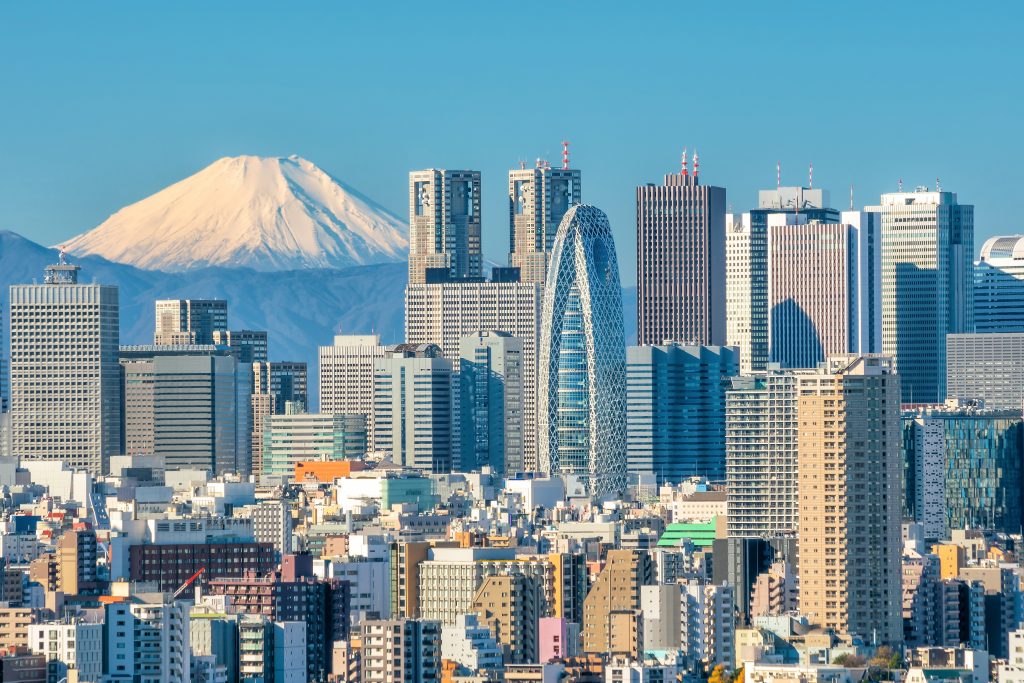
Tokyo, the capital city of Japan, is a bustling metropolis that seamlessly blends tradition with modernity. It is a must-visit destination for travelers seeking a taste of contemporary Japanese culture. With its towering skyscrapers, neon-lit streets, and vibrant neighborhoods like Ginza and Akihabara, Tokyo is a feast for the senses. Immerse yourself in the city’s rich history by exploring iconic landmarks such as the Imperial Palace and Senso-ji Temple. For a breathtaking view of the cityscape, head to the Tokyo Skytree, the tallest tower in Japan. Don’t forget to indulge in the city’s world-class cuisine, from sushi and ramen to tempura and wagyu beef.
Read Also: Try These Hot Springs In Tokyo for a Rejuvenating Vacation
Kyoto: The Cultural Heart of Japan
If you’re looking for a glimpse into Japan’s traditional past, Kyoto should be at the top of your list. This ancient capital is a treasure trove of historical sites, including over 2,000 temples and shrines. Marvel at the exquisite beauty of Kinkaku-ji (the Golden Pavilion) and Fushimi Inari Taisha, famous for its thousands of vermillion torii gates. Explore the enchanting geisha district of Gion, where you can catch a glimpse of these elegant entertainers. Don’t miss the opportunity to witness the mesmerizing beauty of cherry blossoms in full bloom at the Philosopher’s Path during spring.
Osaka: A Food Lover’s Paradise and Gateway to Western Japan
Located just a short distance from Kyoto, Osaka is a vibrant city known for its lively street food scene and friendly locals. Indulge in the city’s culinary delights by trying local specialties such as takoyaki (octopus balls) and okonomiyaki (savory pancakes). Take a stroll through the bustling Dotonbori district, famous for its vibrant neon signs and delicious street food. For a dose of history, visit the Osaka Castle, a magnificent fortress that dates back to the 16th century. Osaka’s central location makes it an ideal base for exploring other attractions in western Japan, such as Nara and Kobe.
Hiroshima: A Testament to Resilience and Peace
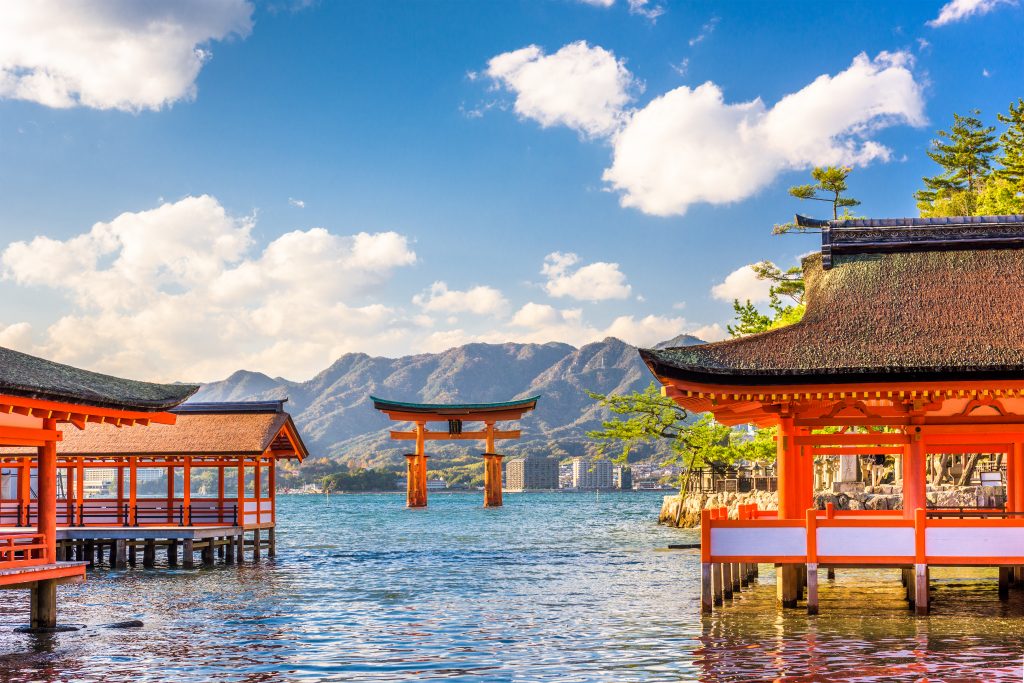
Hiroshima, forever etched in history as the site of the atomic bomb attack during World War II, has risen from the ashes to become a symbol of resilience and peace. Visit the Hiroshima Peace Memorial Park and the Atomic Bomb Dome, which serve as poignant reminders of the devastating consequences of nuclear warfare. Take a ferry to Miyajima Island and marvel at the iconic Itsukushima Shrine, known for its floating torii gate. Explore the charming streets of Hiroshima’s old town, where you can savor local delicacies like Hiroshima-style okonomiyaki and visit historic temples.
Hokkaido: Pristine Nature and Winter Wonderland
For nature enthusiasts and winter sports enthusiasts, Hokkaido is a dream destination. This northernmost island of Japan is renowned for its breathtaking landscapes, hot springs, and abundant wildlife. Explore the rugged beauty of Daisetsuzan National Park, where you can hike through pristine forests and soak in natural hot springs. In winter, Hokkaido transforms into a snowy wonderland, offering world-class skiing and snowboarding opportunities in popular resorts like Niseko and Rusutsu. Don’t miss the chance to indulge in Hokkaido’s fresh seafood and try local specialties like sashimi and crab.
Okinawa: Sun, Sand, and Crystal Clear Waters
If you’re looking for a tropical paradise in Japan, head to Okinawa, a prefecture consisting of numerous islands in the southern part of the country. With its beautiful beaches, crystal clear waters, and vibrant coral reefs, Okinawa is a haven for beach lovers and snorkeling enthusiasts. Explore the underwater world at the Kerama Islands, known for their rich marine biodiversity. Immerse yourself in the unique culture of the indigenous Ryukyuan people by visiting historical sites like Shuri Castle and experiencing traditional Okinawan music and dance.
Japanese Alps: Majestic Mountains and Outdoor Adventures
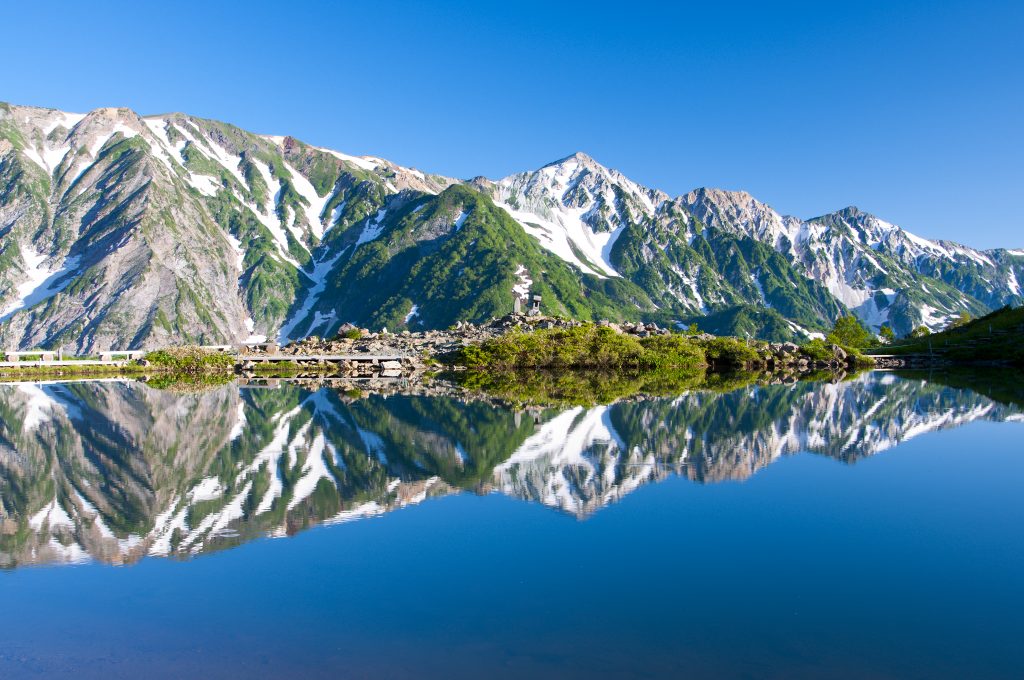
For outdoor enthusiasts and nature lovers, the Japanese Alps offer a wealth of opportunities for adventure and exploration. This mountain range spans across central Japan, encompassing picturesque landscapes, hiking trails, and charming alpine towns. Visit Kamikochi, a scenic valley in the Northern Japanese Alps, known for its stunning views of snow-capped peaks and crystal clear rivers. Explore the charming town of Takayama, famous for its well-preserved Edo-period streets and traditional wooden houses. In winter, the Japanese Alps transform into a winter wonderland, attracting skiers and snowboarders from around the world.
Kanazawa: A Glimpse into Japan’s Edo Period
Located on the coast of the Sea of Japan, Kanazawa is a city renowned for its well-preserved Edo-period districts and rich cultural heritage. Explore the historic Higashi Chaya District, famous for its traditional teahouses and geisha culture. Visit the Kenrokuen Garden, one of Japan’s most beautiful gardens, known for its meticulously landscaped grounds and seasonal beauty. Immerse yourself in the city’s vibrant arts and crafts scene by visiting the 21st Century Museum of Contemporary Art and the Kanazawa Yasue Gold Leaf Museum.
Nagasaki: A Fusion of East and West
Nagasaki, located on the western coast of Kyushu Island, is a city steeped in history and known for its unique blend of Eastern and Western influences. Take a stroll through the Glover Garden, a picturesque hillside garden with Western-style mansions dating back to the Meiji era. Visit the Nagasaki Peace Park and the Atomic Bomb Museum to learn about the devastating impact of the atomic bomb that was dropped on the city during World War II. Explore the vibrant Chinatown and savor Nagasaki’s famous local dish, champon, a hearty noodle soup.
Nara: Ancient Temples and Friendly Deer
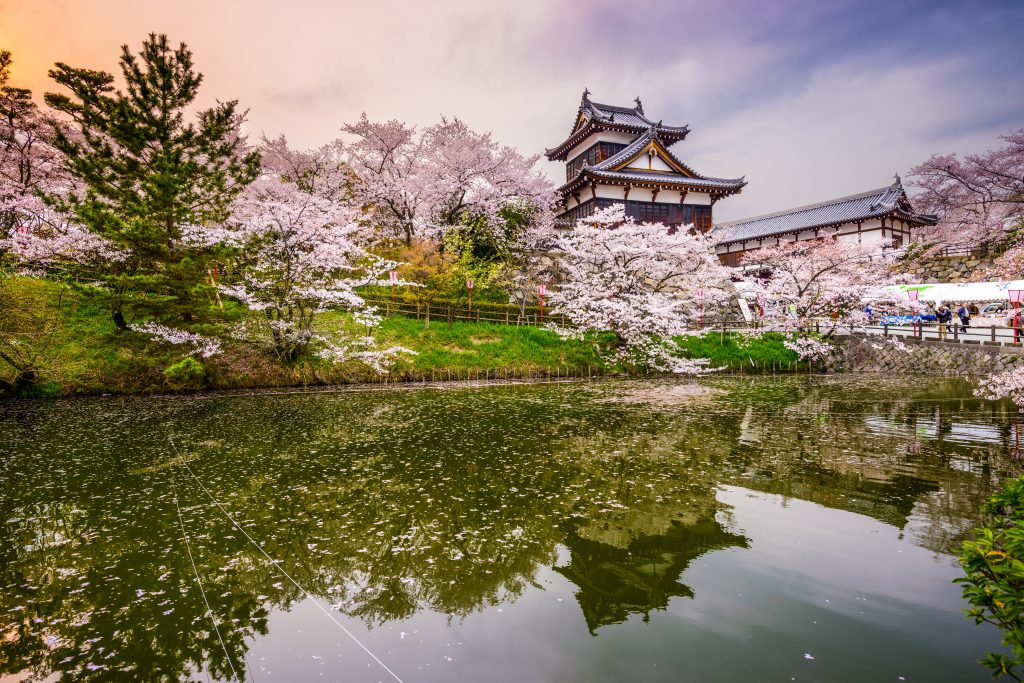
Located just a short distance from Kyoto, Nara is an enchanting city known for its ancient temples, friendly deer, and serene parkland. Visit the Todai-ji Temple, home to the iconic Great Buddha statue, one of Japan’s largest bronze statues. Explore the Kasuga Taisha Shrine, famous for its hundreds of stone lanterns that lead the way to the main hall. Don’t miss the opportunity to interact with the friendly deer that roam freely in Nara Park. Immerse yourself in history by strolling through the preserved streets of Naramachi, a historic district lined with traditional machiya houses.
Hiroshima and Nagasaki: Reminders of World War II
Hiroshima and Nagasaki, both deeply affected by the atomic bombings during World War II, are important destinations for those interested in history and peace. Hiroshima’s Peace Memorial Park and the Atomic Bomb Dome serve as powerful reminders of the devastating impact of nuclear warfare. In Nagasaki, visit the Nagasaki Peace Park and the Atomic Bomb Museum to further understand the consequences of the atomic bombings. These cities stand as symbols of resilience, promoting peace and nuclear disarmament.
Fukuoka: A Blend of Traditional and Modern
Situated on the northern shore of Kyushu Island, Fukuoka is a vibrant city known for its rich history, vibrant street food scene, and warm hospitality. Explore the historic Fukuoka Castle Ruins and immerse yourself in traditional Japanese culture at Ohori Park. Indulge in Fukuoka’s famous street food, including Hakata ramen and mentaiko (spicy cod roe). Take a trip to Nanzoin Temple, home to the largest bronze statue of a reclining Buddha in the world. Fukuoka also serves as a gateway to explore the natural wonders of Kyushu, including the scenic Yufuin hot spring town and the volcanic Mount Aso.
Best Time to Visit Japan: Seasons and Festivals
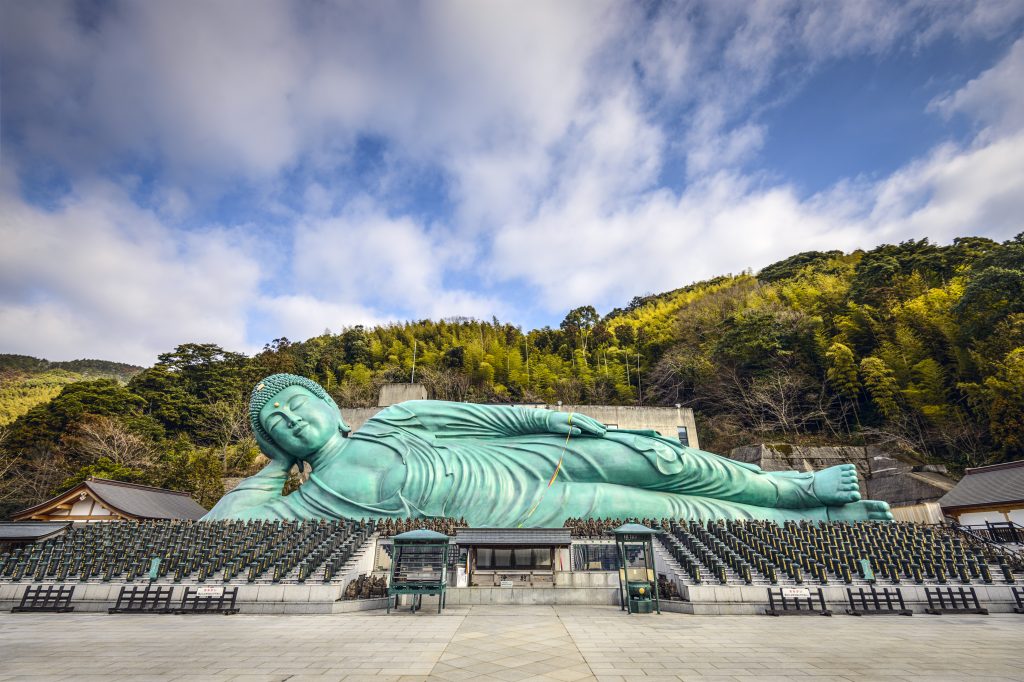
Japan offers a unique experience in every season, each with its own charm and beauty. Spring, from late March to early April, is the renowned cherry blossom season, where parks and gardens across the country are adorned with delicate pink blooms. Summer, from June to August, brings vibrant festivals such as the Gion Matsuri in Kyoto and the Nebuta Matsuri in Aomori. Autumn, from September to November, showcases the stunning hues of red, orange, and yellow as the leaves change color. Winter, from December to February, offers the opportunity to witness snow festivals in Sapporo and enjoy winter sports in Hokkaido and the Japanese Alps.
Conclusion: The Best of Japan
Japan promises an enriching experience as it boasts an array of UNESCO World Heritage Sites, awe-inspiring natural wonders like Mount Fuji, and a myriad of Buddhist temples and Shinto shrines that offer a serene retreat. Whether it’s a day trip to the best cities, a leisurely stay in a quaint small town, or exploring the great place that is the Seto Inland Sea at high tide, the country’s beauty is boundless. Every corner, from the bustling city center of Tokyo, the largest city, to the small islands dotting the coast, has the best things to offer. Japan’s destinations are a haven for history buffs, with historic sites like Himeji Castle amidst cherry trees and the Hiroshima Peace Memorial Museum serving as poignant reminders of the past. The rich culture, stunning natural scenery, and warm hospitality make Japan an ideal place for a trip that combines modern tourist attractions with the tranquility of rural Japan, ensuring your visit is truly unforgettable.